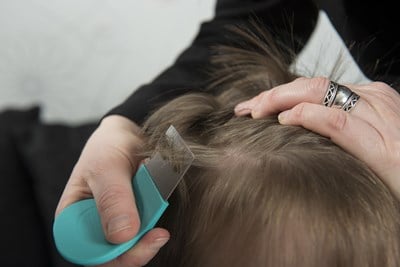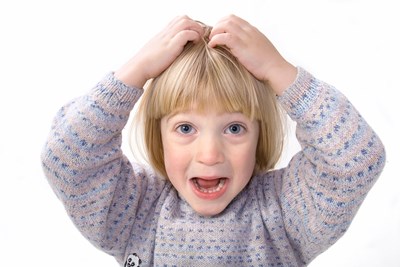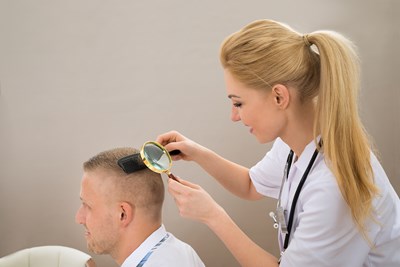Head lice are small insects that feed off of the blood from the human scalp and are most common among young children. Prevention of head lice is hard to nail down because it is not the result of poor hygiene. In fact, it is the opposite; head lice actually prefer a clean scalp to a dirty one, since it's easier for them to move around on.
Because head lice are spread by close individual contact, the risk of transmission is greater for children who play or go to school together. Cases are more likely to occur in preschools, elementary schools, and middle schools in the United States.
Prevention for Children
It is difficult to prevent head lice from spreading between children in schools and child care facilities because they are in such close contact all day. However, there are a few things children can do to try to prevent the spread of head lice.
- Children should make sure to hang their personal items (including jackets, backpacks, hats, etc.) on separate hooks from other children’s garments. If possible, try to keep these items out of common areas altogether.
- Children should not share combs, brushes, hats, towels, headsets, or scarves.
- Children should not share protective headgear for sports or bicycling, unless no other option is available.
- Children should try to avoid games or group activities that involve placing their heads close together.
Prevention for Adults
One thing that adults can do to try to prevent an outbreak of head lice among children is to periodically check all children for head lice. This is so that any cases of head lice can be caught as soon as possible and treated before they are able to spread to many other children. In some cases, it can take several weeks for someone with head lice to start showing symptoms, such as itching. However, if an individual is affected and does not yet know it, they are still able to spread head lice to others.
To prevent head lice from returning once a case has been treated, there are some things you can do in your home.
- Check household items that are more likely to get infested with lice and their eggs, such as bedding, rugs, and towels.
- Place all of these types of items in a plastic bag and seal it in order to suffocate the lice that might be living on them.
- Wash potentially contaminated items in hot water.
If your child’s school notifies you of a head lice outbreak, you can take preventative measures with your family. Look in your child’s hair for small white nits, which are the eggs are of lice. Also, look for lice or eggs in your child’s clothing and other personal items such as hats, shirts, scarves, and coats that they have worn or used in the past two days.
Even though exercising good personal hygiene cannot prevent your child from getting head lice, practicing some of these precautions might help.



